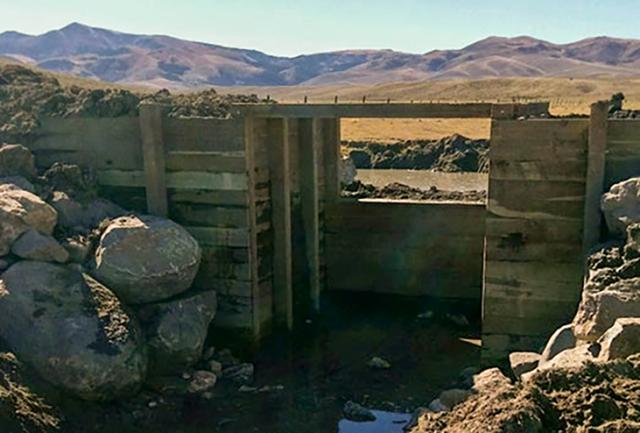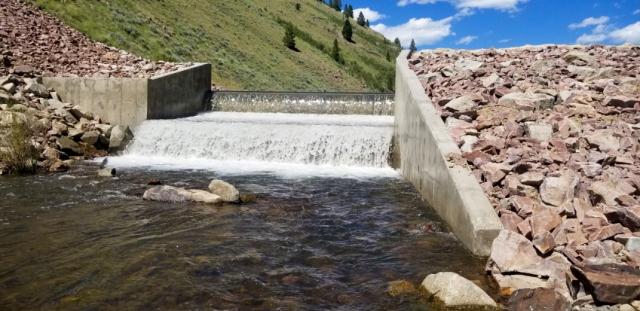Related Stories
- Nine years of partnership pays off: Fitzhugh Creek Meadow restoration achieves dramatic results
- Lake Havasu Fisheries Improvement Program is the gift that keeps giving
- Monument map earns ‘finalist’ honors in global GIS awards
- BLM Fire and National Conservation Lands managers collaborate to meet shared goals
- Partnership drives ongoing habitat restoration in Muddy Creek watershed


